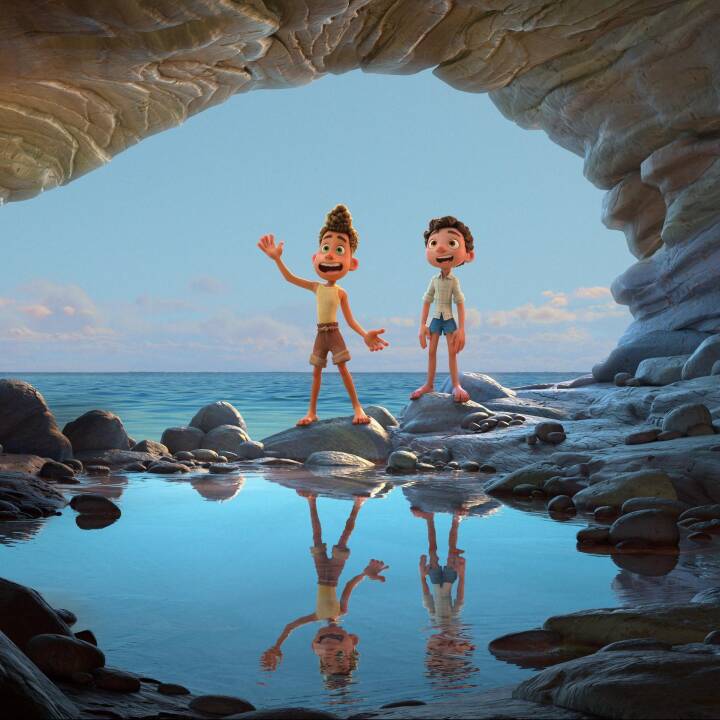Well, everything looks low poly in comparison to UE5.Metro Exodus does look low poly. I wonder about the details of that 20 million statement. That's also the typical amount of rendered triangles for the UE5 demos and the perceived polygon difference is huge.
Comparing by poly count makes little sense because only UE5 has adaptive detail. Other games likely have low detail for close ups, and unnecessarily high detail at the distance.
And only UE5 adds high contrast detailed shadows to those details. Exodus may use a lot of tessellation, but RT can't use that so no HF shadows to amplify that.

